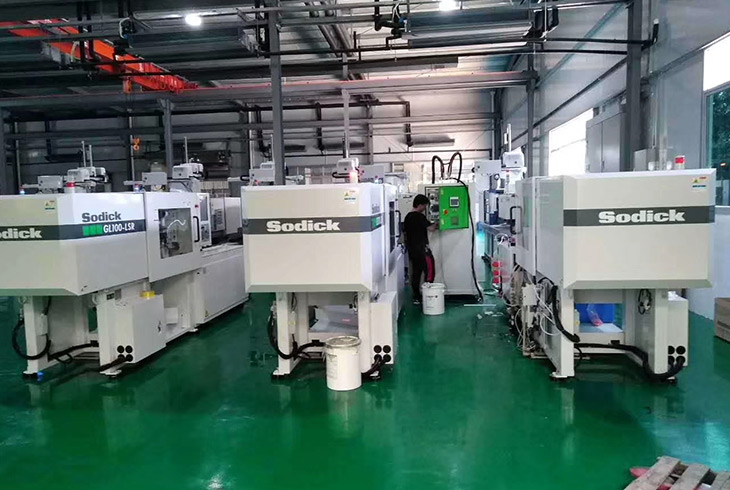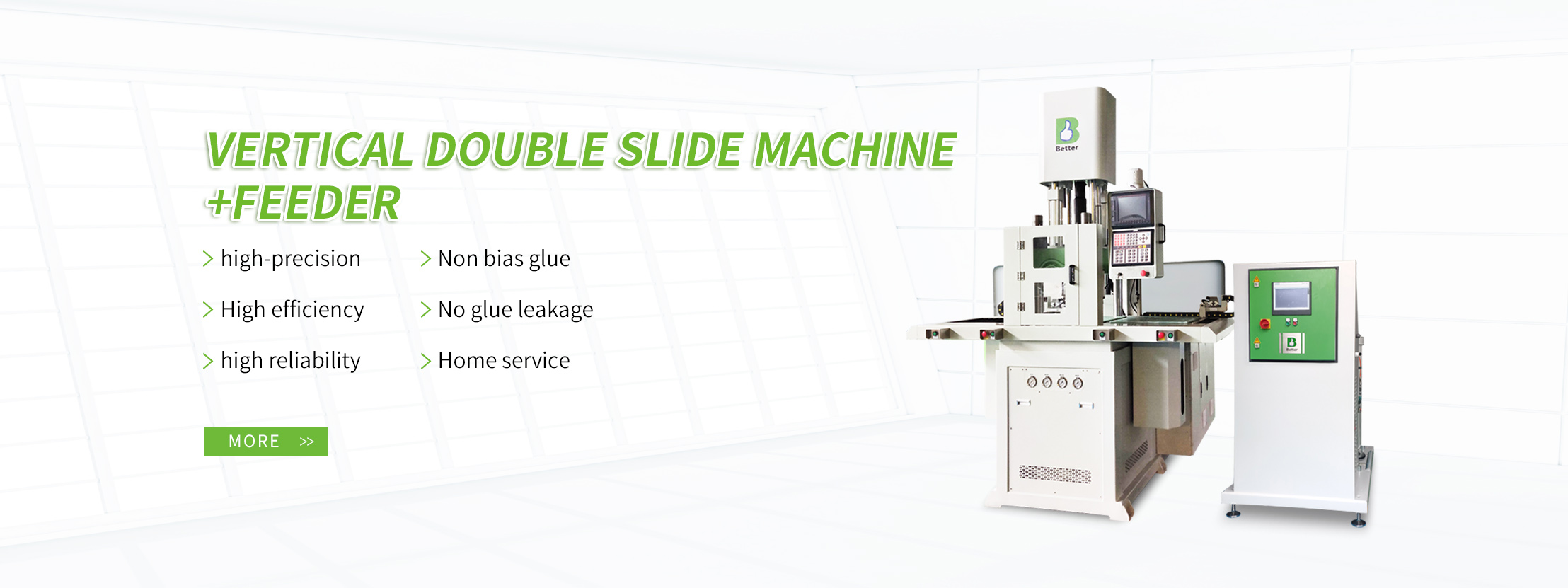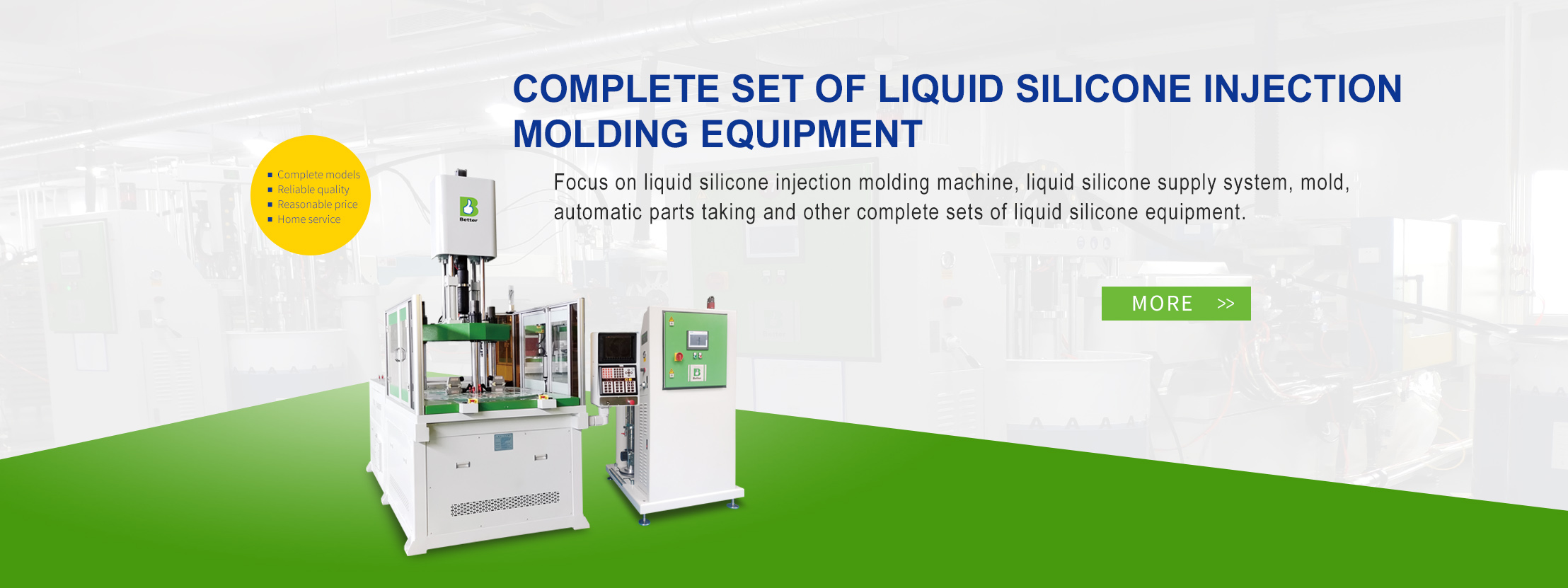1. Difficulties of liquid silicone encapsulation (composite injection molding)
With the popularization of the application of liquid silicone, there are more and more liquid silicone encapsulation (composite injection molding) processes. However, due to the inert surface of liquid silicone, it is particularly difficult to bond other materials. Therefore, how to use the encapsulation (composite injection molding) process in relation to the liquid silica gel/plastic substrate for the preparation of both soft and hard products has become a difficult problem. Although there are some surface treatment methods such as applying primer and using ultraviolet treatment to treat the surface of the substrate, these methods are cumbersome on the one hand, and secondly, the loss of product yield is large. In fact, if the process is strictly controlled, liquid silicon can be realized. & Good bonding of plastic lagging can be better achieved.
2. Preliminary preparation for liquid silicone encapsulation
①Choose a one-shot hard rubber material with suitable temperature resistance to ensure that the material can not be deformed when the liquid silica gel is packaged for the second time.
② Based on the selection of one shot material, look for the matching glue. Due to the different grades of one-shot hard glue materials, the same glue does not necessarily match the bonding. Therefore, we provide a one-shot product to the glue supplier, and prepare and verify that the glue that matches with it can bond better models.
③Select a reasonable type of glue (self-adhesive or ordinary glue) according to the actual demand of the product
④The physical properties and usage of glue are clearly grasped
3. Ensure the firmness of the encapsulation method
①Clean and dry the surface of the first shot product before encapsulation
Just as we usually use glue to bond objects, cleaning of the surface is also very important for the bonding of the glue. Of course, it is also necessary to keep the substrate sufficiently and reasonably dry, otherwise the dirt and water will seriously affect the bonding. Effect.
②Ensure a reasonable molding temperature
The molding temperature mainly considers the reaction curing temperature of the liquid silicone. The typical molding temperature of the liquid silicone is about 150. The liquid silicone often needs to be fully cured at a relatively high temperature, so as to have better bonding properties, thus maintaining the substrate product. Higher molding temperatures are critical;
③Brush glue
Make sure that the width and thickness of the brushed area are stable and consistent, so that the adhesive area during the bonding process will be stable and consistent, and the consistency of the adhesive properties of the punched product will also be better.
④Do not apply additives
The inertness of liquid silicon itself is close to being a product as a release agent. If these products are added, it will make things worse and is not conducive to the bonding of the product. Therefore, try not to use internal mold release agents, external mold release agents or Auxiliaries such as self-lubricating, even if these additives may not affect the bonding effect, try not to use them.
⑤ Product demoulding
The curing process of liquid silicone is relatively slow, so even if the liquid silicone seems to have good bonding strength just after demolding, in fact, it is not necessarily the most complete curing time when the mold is opened, so during the demolding process Try not to pull the liquid silicone hard, so that it will maintain a good bonding effect after it cools slowly.
⑥Post-process glue removal
When removing glue in the post-process, pay attention to the basic configuration and operation methods of training operators, and formulate a reasonable post-process SOP to ensure that the surface damage to the product will not be caused during the post-process treatment, which will lead to the partial peeling of the wrapped silica gel. .
All in all, if you are making rubberized silicone products, it often happens that you need to solve the problem of degumming in the production of silicone products. solve. As for how to find the solution to the problem of degumming, it is nothing more than to find out the factors through the human-machine-material method, so in the final analysis, as long as the preliminary preparations are sufficient, ensure that the human-machine-material method and other factors are well controlled , the degumming problem can be solved.






